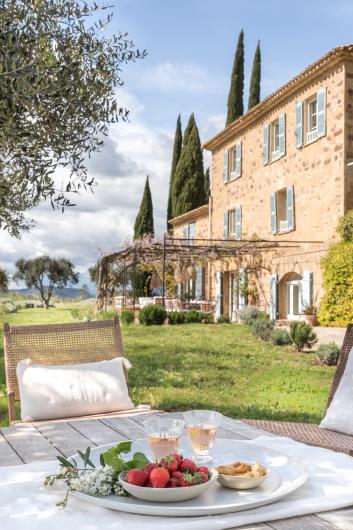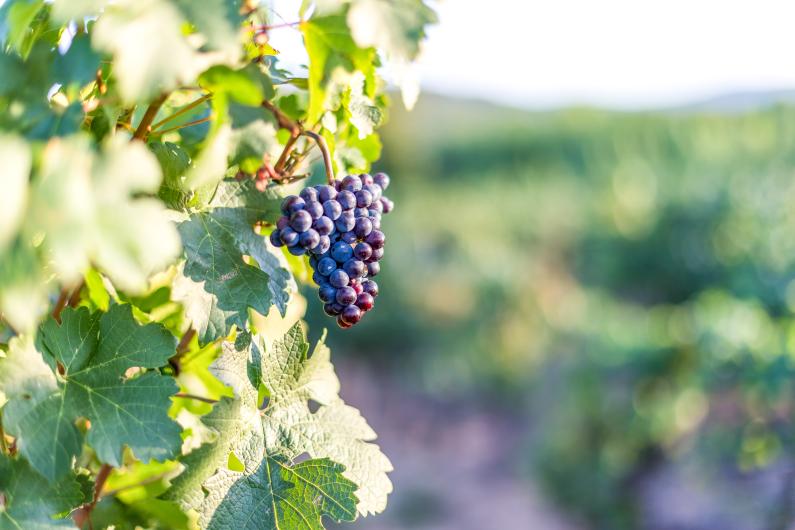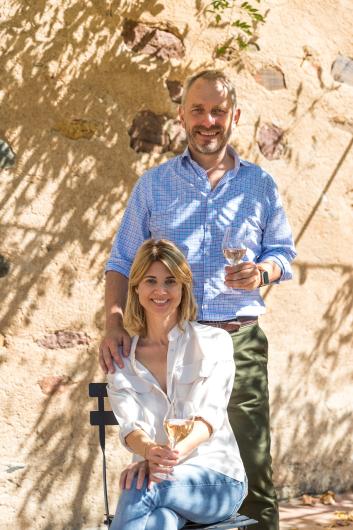Mirabeau Pure Rosé

Spirit Description
Lovingly referred to as ‘Provence in a Glass’, Mirabeau's flagship rosé wine was inspired by long, languid days on the Côte d’Azur.
 Acclaim
Acclaim
 Distillery & Production Info
Distillery & Production Info
 Distillation & Maturation
Distillation & Maturation
 Analytical Data
Analytical Data
 Wine Production
Wine Production
Night harvested followed by gentle direct pressing and partial liquid maceration (stabulation), before temperature controlled fermentation. The wines are protected with inert gas throughout the winemaking process.
 About the Vineyard
About the Vineyard
Sourced from the famed higher elevation wine growing areas below the Mont Sainte-Victoire, bringing the minerality and freshness typical of this microclimate with its poor limestone soils and low night time temperatures. Complementary blending elements are added from the “Golden Triangle” at the foothills of the Maure Mountain range, where the maritime and continental climates converge, bringing length and aromatic power from this area with richer clay and sandstone soils.






